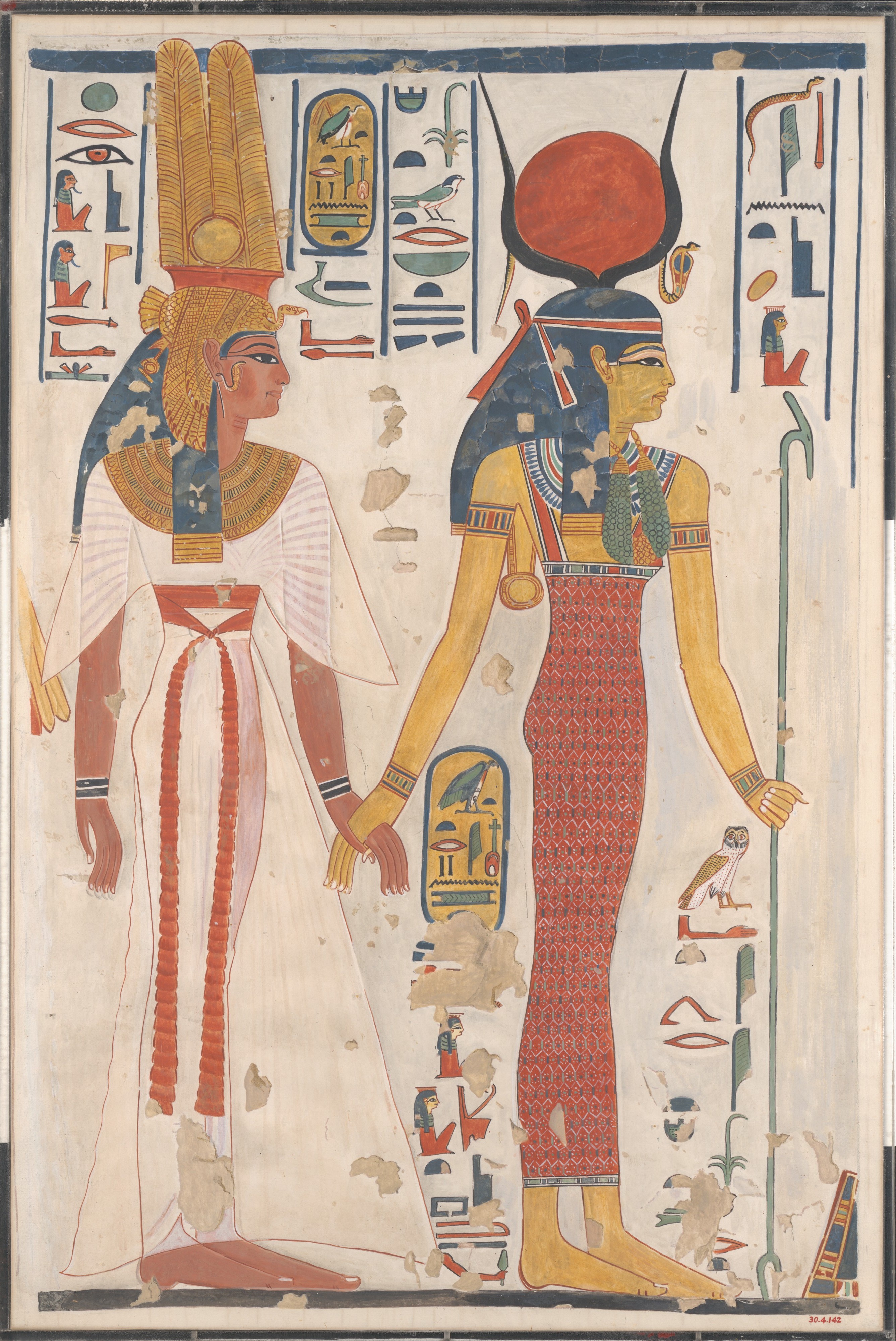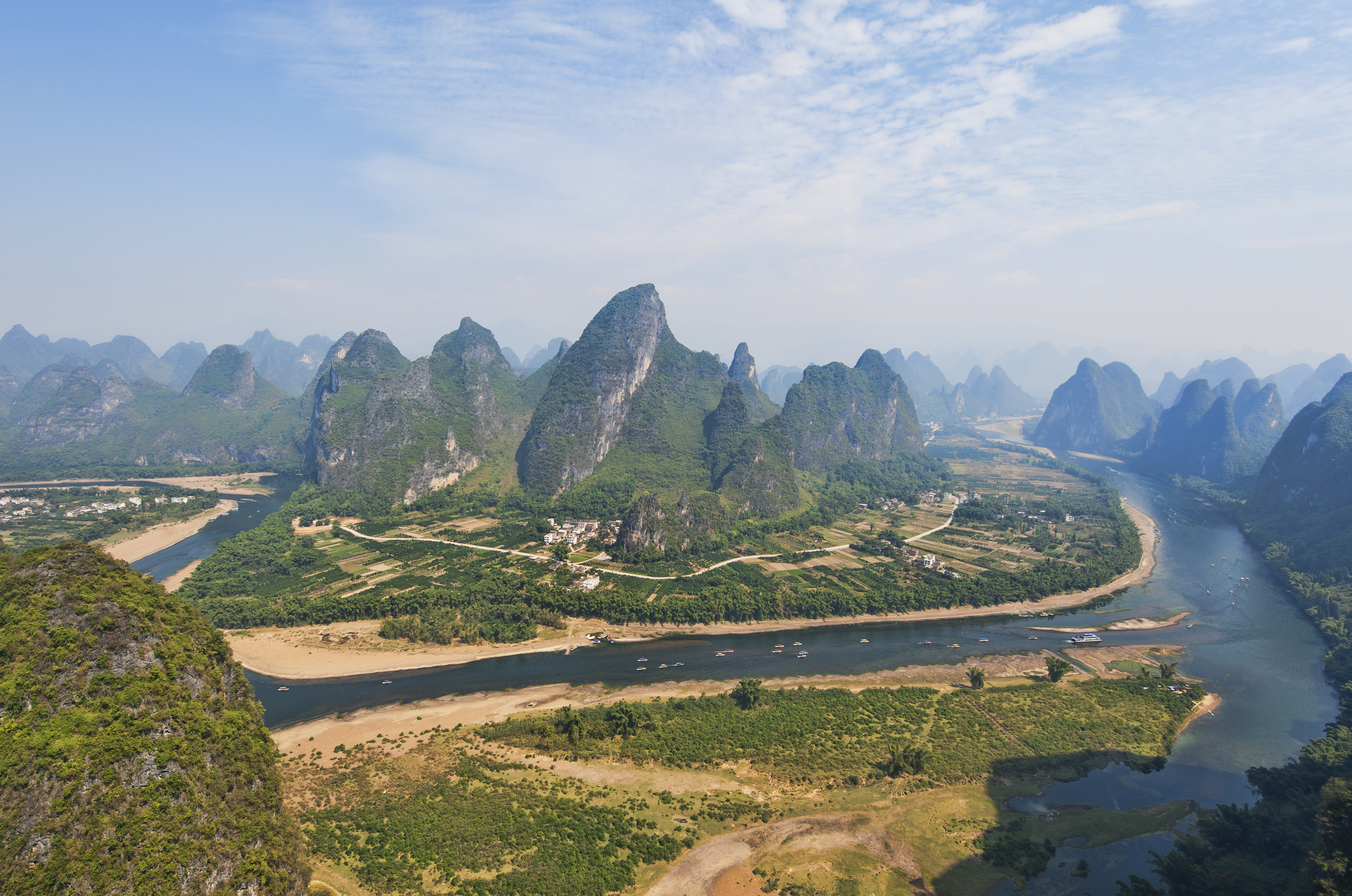|
Mount Tityros
Mount Tityros is a hill landform in western Crete in the vicinity of the modern-day city of Chania, Greece. In ancient times Mount Tityros was associated with the early Cretan city of Kydonia. Residents of the ancient city of Kydonia dedicated a temple to the goddess Britomartis on Mount Tityros.C. Michael Hogan''Cydonia'', The Modern Antiquarian, Jan. 23, 2008/ref> See also *Britomartis Britomartis (;) was a Greek goddess of mountains, nets, and hunting who was primarily worshipped on the island of Crete. She was sometimes described as a nymph, but she was more commonly conflated or syncretized with the goddesses Artemis, Athena ... References Tityros Landforms of Chania (regional unit) Landforms of Crete {{Crete-geo-stub ... [...More Info...] [...Related Items...] OR: [Wikipedia] [Google] [Baidu] |
Landform
A landform is a land feature on the solid surface of the Earth or other planetary body. They may be natural or may be anthropogenic (caused or influenced by human activity). Landforms together make up a given terrain, and their arrangement in the landscape is known as topography. Landforms include hills, mountains, canyons, and valleys, as well as shoreline features such as bays, peninsulas, and seas, including submerged features such as mid-ocean ridges, volcanoes, and the great oceanic basins. Physical characteristics Landforms are categorized by characteristic physical attributes such as elevation, slope, orientation, structure stratification, rock exposure, and soil type. Gross physical features or landforms include intuitive elements such as berms, cliffs, hills, mounds, peninsulas, ridges, rivers, valleys, volcanoes, and numerous other structural and size-scaled (e.g. ponds vs. lakes, hills vs. mountains) elements including various kinds of inland ... [...More Info...] [...Related Items...] OR: [Wikipedia] [Google] [Baidu] |
Crete
Crete ( ; , Modern Greek, Modern: , Ancient Greek, Ancient: ) is the largest and most populous of the Greek islands, the List of islands by area, 88th largest island in the world and the List of islands in the Mediterranean#By area, fifth largest island in the Mediterranean Sea, after Sicily, Sardinia, Cyprus, and Corsica. Crete is located about south of the Peloponnese, and about southwest of Anatolia. Crete has an area of and a coastline of 1,046 km (650 mi). It bounds the southern border of the Aegean Sea, with the Sea of Crete (or North Cretan Sea) to the north and the Libyan Sea (or South Cretan Sea) to the south. Crete covers 260 km from west to east but is narrow from north to south, spanning three longitudes but only half a latitude. Crete and a number of islands and islets that surround it constitute the Region of Crete (), which is the southernmost of the 13 Modern regions of Greece, top-level administrative units of Greece, and the fifth most popu ... [...More Info...] [...Related Items...] OR: [Wikipedia] [Google] [Baidu] |
Chania
Chania (, , ), also sometimes romanization of Greek, romanized as Hania, is a city in Greece and the capital of the Chania (regional unit), Chania regional unit. It lies along the north west coast of the island Crete, about west of Rethymno and west of Heraklion. The municipality has 111,375 inhabitants (2021). This consists of the city of Chania and several nearby areas, including Kounoupidiana, Mournies, Souda, Nerokouros, Daratsos, Perivolia, Galatas and Aroni. History Minoan era Chania was the site of a Minoan civilization, Minoan settlement, known from Linear B tablets from Knossos as having been named (). The subsequent Greek settlement was likewise known as Cydonia, Crete, Cydonia (, ''Kydōnía''), ultimately the source of the English word "quince". Some notable archaeological evidence for the existence of this Minoan city below some parts of today's Chania was found by excavations in the district of Kasteli in the Old Town. This area appears to have been inh ... [...More Info...] [...Related Items...] OR: [Wikipedia] [Google] [Baidu] |
Greece
Greece, officially the Hellenic Republic, is a country in Southeast Europe. Located on the southern tip of the Balkan peninsula, it shares land borders with Albania to the northwest, North Macedonia and Bulgaria to the north, and Turkey to the east. The Aegean Sea lies to the east of the Geography of Greece, mainland, the Ionian Sea to the west, and the Sea of Crete and the Mediterranean Sea to the south. Greece has the longest coastline on the Mediterranean Basin, spanning List of islands of Greece, thousands of islands and nine Geographic regions of Greece, traditional geographic regions. It has a population of over 10 million. Athens is the nation's capital and List of cities and towns in Greece, largest city, followed by Thessaloniki and Patras. Greece is considered the cradle of Western culture, Western civilisation and the birthplace of Athenian democracy, democracy, Western philosophy, Western literature, historiography, political science, major History of science in cl ... [...More Info...] [...Related Items...] OR: [Wikipedia] [Google] [Baidu] |
Cydonia (Ancient Greece)
Kydonia ( or ), also known as Cydonia (, ''Kydōnía'') was an ancient city located at the site of present-day Chania near the west end of the island of Crete in Greece. The city is known from archaeological remains dating back to the Minoan era as well as literary and historical sources. History In the area of Kastelli Hill, which is the citadel of Chania's harbor, archaeological excavations have discovered ceramic sherds and finds that date from the Neolithic to Late Minoan IIIC. Early Bronze Scarce finds such as walls and ground floors confirm that the systematic habitation of the hill began during Early Minoan (EM) II period. Middle Bronze In the Middle Bronze Age, the material culture on Crete is known as Middle Minoan (MM). Late Pre-Palatial Period In the MM IA (c. 2050/2000-1925/1900 BC), the architecture was still pre-palatial. These levels were destroyed with the construction of the neopalatial town. Neo-Palatial Period In the Middle Minoan III (MM III; c. 1 ... [...More Info...] [...Related Items...] OR: [Wikipedia] [Google] [Baidu] |
Robert Pashley
Robert Pashley (4 September 1805 – 29 May 1859) was a 19th-century English traveller, lawyer and economist. Pashley was born in York and he studied at Trinity College, Cambridge. Distinguished in mathematics and Classics, in 1830 he was elected a Fellow of Trinity at his first sitting. In 1832 he took his MA degree, and as a travelling Fellow undertook a journey in Italy, Greece, Asia Minor and Crete, of which he published his two-volume ''Travels in Crete''. His work is considered a classic of writing on the Ottoman Empire, with his detailed observations on local geography, customs, and social issues. In 1837, he was called to the Bar by the Inner Temple. He lost his valuable library and antiquities in fire at Temple in 1838. He was appointed as a queen's counsel in 1851 He stood for Parliament in the 1852 general election for King's Lynn but was not elected. In 1853 he married Marie, the only daughter of Baron Von Lauer of Berlin. They had three children. He published tw ... [...More Info...] [...Related Items...] OR: [Wikipedia] [Google] [Baidu] |
Goddess
A goddess is a female deity. In some faiths, a sacred female figure holds a central place in religious prayer and worship. For example, Shaktism (one of the three major Hinduism, Hindu sects), holds that the ultimate deity, the source of all reality, is Mahadevi (Supreme Goddess) and in some forms of Tantric Shaivism, the pair of Shiva and Shakti are the ultimate principle (with the goddess representing the active, creative power of God). Meanwhile, in Vajrayana, Vajrayana Buddhism, ultimate reality is often seen as being composed of two principles depicted as two deities in union (Yab-Yum, yab yum, "father-mother") symbolising the non-duality of the two principles of perfect wisdom (female) and skillful compassion (male). A single figure in a monotheistic faith that is female may be identified simply as god because of no need to differentiate by gender or with a diminutive. An experiment to determine the effect of psychedelics on subjects composed of leaders from diverse religio ... [...More Info...] [...Related Items...] OR: [Wikipedia] [Google] [Baidu] |
Britomartis
Britomartis (;) was a Greek goddess of mountains, nets, and hunting who was primarily worshipped on the island of Crete. She was sometimes described as a nymph, but she was more commonly conflated or syncretized with the goddesses Artemis, Athena, and Aphaea. She is also known as Dictynna, Dicte, Dictymna, or as a daughter of Dictynna (Δίκτυννα). In the 16th century, Edmund Spenser, Edmund Spencer named a character identified with Great Britain, English military prowess as "Britomart" in his knightly Epic poetry, epic ''The Faerie Queene''. This subsequently led to a number of appearances of "Britomart" figures in British art and literature. Etymology According to Gaius Julius Solinus, Solinus, the name 'Britomartis' is from a Cretan dialect. He also says that her name means ''virgo dulcis'', or "sweet virgin". It is possible that her name also means "sweet" or "blessing" (βριτύς) "maiden," with Hesychius of Alexandria equating the Cretan βριτύ (''britý'') wit ... [...More Info...] [...Related Items...] OR: [Wikipedia] [Google] [Baidu] |
Hills Of Greece
A hill is a landform that extends above the surrounding terrain. It often has a distinct summit, and is usually applied to peaks which are above elevation compared to the relative landmass, though not as prominent as mountains. Hills fall under the category of slope landforms. Terminology The distinction between a hill and a mountain is unclear and largely subjective, but a hill is universally considered to be not as tall, or as steep as a mountain. Geographers historically regarded mountains as hills greater than above sea level. In contrast, hillwalkers have tended to regard mountains as peaks above sea level. The ''Oxford English Dictionary'' also suggests a limit of and Whittow states "Some authorities regard eminences above as mountains, those below being referred to as hills." Today, a mountain is usually defined in the UK and Ireland as any summit at least high, while the UK government's Countryside and Rights of Way Act 2000 defined mountainous areas (for the ... [...More Info...] [...Related Items...] OR: [Wikipedia] [Google] [Baidu] |
Landforms Of Chania (regional Unit)
A landform is a land feature on the solid surface of the Earth or other planetary body. They may be natural or may be anthropogenic (caused or influenced by human activity). Landforms together make up a given terrain, and their arrangement in the landscape is known as topography. Landforms include hills, mountains, canyons, and valleys, as well as shoreline features such as bays, peninsulas, and seas, including submerged features such as mid-ocean ridges, volcanoes, and the great oceanic basins. Physical characteristics Landforms are categorized by characteristic physical attributes such as elevation, slope, orientation, structure stratification, rock exposure, and soil type. Gross physical features or landforms include intuitive elements such as berms, cliffs, hills, mounds, peninsulas, ridges, rivers, valleys, volcanoes, and numerous other structural and size-scaled (e.g. ponds vs. lakes, hills vs. mountains) elements including various kinds of inland and oceanic waterbodi ... [...More Info...] [...Related Items...] OR: [Wikipedia] [Google] [Baidu] |



